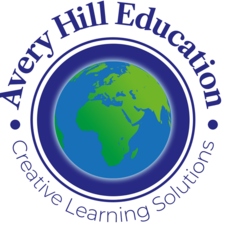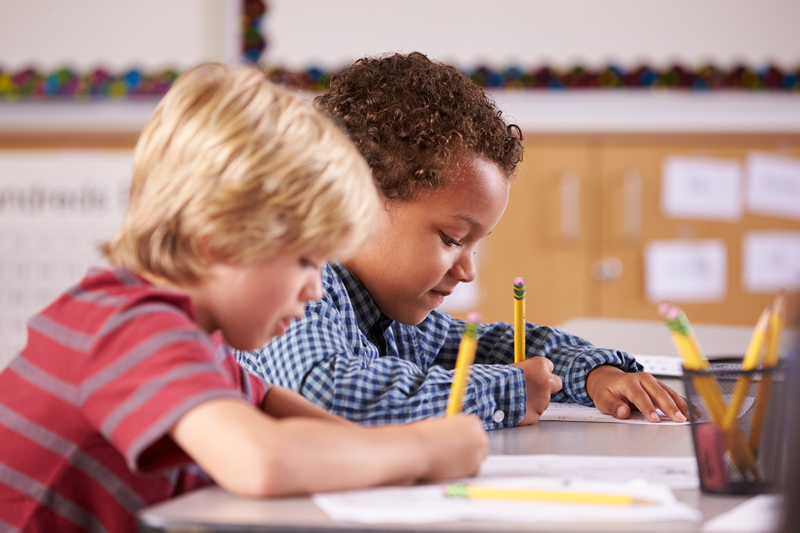For many years the educational field has been firmly cemented in believing that different individuals have different learning styles. These are termed visual, aural and kinaesthetic. Recently this myth has been debunked. Despite 93% of the public and 76% of educators still believing that learning styles exist, it has now been demonstrated that they don’t.
What has been revealed is that we all learn through a variety of different methods combining elements of the three ‘learning styles’. This is particularly true for young children. Therefore, whereas once we’d identify how an individual learns and target them in this way, now we are realising the importance of a broader spectrum involving a range of learning methods.
Young Children Learn Holistically
Young children learn from everything they are being exposed to, all at the same time, largely in a non-discriminate manner. When parents and teachers liken children to ‘sponges’, this is precisely because they have a fantastic innate ability to absorb learning in innumerable ways.
What’s important to them is context. As long as each thread of learning connects to something else they know or understand they can build connections, deepen meaning, and learn.
This is why teaching in the Early Years shouldn’t be broken down in to subject areas but instead apply a broader approach. This also means that they learn best through immersive experience, very much actively learning. This makes visual and aural methods of learning hugely important.
Active Learning in Preschoolers
You are likely familiar with this in terms of the concept of young children learning through play: they learn by doing. Through using their senses, such as visual and aural ability, which develops in advance of their speaking and reasoning abilities, they learn a whole host of different skills.
In order to capitalise on this way children learn, we need to develop educational programmes which harness this. Educational programmes aimed at the early childhood need to convey learning in a visual and aural way to allow children to build their context of learning.
One way to do this is by delivering teaching through stories for kids. Programmes such as The Tales of Arthur the Elf use visual and aural methods to engage young children and immerse them in a world where they learn.
By using storybooks (with audio) for kids, we provide relatable context for their learning. They build a secure foundation for not only learning a second language, but developing a range of other skills including reading, problem-solving, mathematical concepts, creativity and more.
However, to truly capitalise on how young children actively learn, our programme goes beyond the storytelling alone. It also engages in dramatic play through accompanying role-play.
Here children are able to again draw on visual and aural learning methods whilst also relating the story very intimately with their own personal experience. They can truly make sense of things this way. They encounter life and situations from a different viewpoint, in a safe and immersive way. Of course this also plays to their strength of imagination.
Fully Involving Children in the Learning Process
Therefore, visual and aural methods of learning delivered through educational stories accompanied by further resources for role play games and activities, fully engages each and every child in the learning process. In this way, our programme, The Tales of Arthur the Elf, appeals to all of their learning senses. It embraces the concept of learning through play, a concept valued in the EYFS in the UK.
The aim is to underpin the understanding gained from the latest educational research and deliver it in a programme that not only appeals to our youngest learners but actually works.
Through our programme’s activities we see children not only immersed in a fairy-tale world they love, but being immersed in a second language, a love of learning, reading, cultural awareness, social development, critical thinking and problem solving, mathematical ability and more. These are educational materials which really work holistically.
To find out more about our language programme, please see here.

